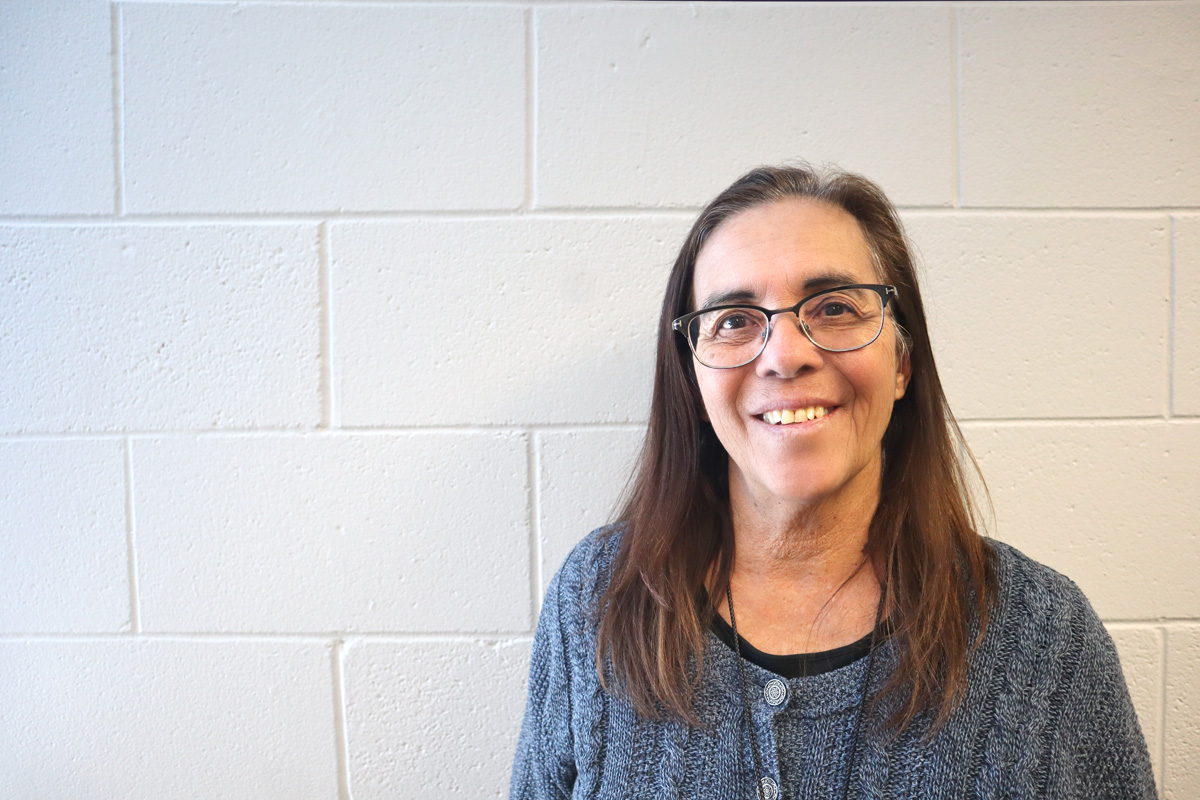Coronavirus Pandemic to Blame, says Principal Elaine Romero
Alta Vista Elementary & Intermediate School Principal Elaine Romero revealed some disturbing statistics about the status of her students’ skills, particularly in math and reading, during the Questa Independent School District (QISD) regular board meeting Wednesday, Oct. 19.
In a follow-up interview Principal Romero, reiterated that Alta Vista’s first, second, and third graders are upwards of 60 percent below proficiency in math and reading while their fourth and fifth graders are 100 percent below proficiency in math. Principal Romero attributes this lack of proficiency to the coronavirus pandemic when schools all over the nation were shut down for a year as well as in the subsequent year when schools were opening, closing, and shifting to remote learning.
“Critical instruction for building foundations for reading and math begins in pre-K,” Romero said. “Our second graders now were in pre-K when we shut down so this whole group had their foundational years during the COVID years.”
Principal Romero described the phenomenon like a snowball effect with students missing their most critical years for instruction and then missing more and more in subsequent years because the students do not have a strong foundation for their education.
“We have this thing in education where we say third grade is when students shift from learning to read to reading to learn and this whole group — second through fifth grade — had their foundational years during the COVID years. So, it’s not just Questa that is suffering, it’s all schools across the country.”
Principal Romero expressed gratitude toward the QISD Board for helping implement smaller class sizes in our schools — which she believes is crucial for early education. She also thanks the New Mexico Legislature for providing funding for remote learning and program extensions during the 2021–2022 academic year.
“For the first time in I don’t know how long, we have two kindergarten classrooms, we have two first grade classrooms, we have two second grade classrooms and we have 12-13 kids for a class rather than 25 kids for a class; small class sizes are essential.”
“Even before the pandemic, large learning gaps existed among New Mexico’s most at-risk students. To address COVID-19-related learning losses that could widen those gaps, the Legislature could consider a universal extension of the school calendar in FY22 through its existing K-5 Plus and extended learning programs at an incremental cost of $138 million. School districts, meanwhile, should consider evidence-based strategies such as early-warning systems, high-dosage tutoring, and acceleration academies (Program Evaluation Unit, NM Legislative Finance Committee, 10/28/2020).”
The Legislature passed Senator Mimi Stewart’s Senate Bill 40 during its 2021 regular session, a temporary measure to increase academic programs for the following academic year to make up for lost learning time the previous year.
“For FY23, the [2022] Legislature allocated significant funds to education, amounting to an overall budget of $3.87 billion for schools (Legislative Education Study Committee, 2022 Post-Session Review, April 2022).”
Asked what methods reading and math teachers are using other than smaller class sizes, Romero replied, “It’s really understanding that there is a science to teaching reading. So, just like a baby needs to crawl before they walk, and walk before they run, there are certain skills that have to be in place for children in order to be a proficient reader before they reach third grade and they’re reading to learn. They have to develop their phonemic awareness, understanding that every word I’m speaking right now — that sound — is represented by a letter. Just that basic understanding of how language works. It takes exposure.”
Principal Romero explained how a huge part of childhood socialization is simple interacting alongside their parents — riding in a car to see their environment, going into stores and public spaces to see how other people interact with each other, specifically seeing how other people speak — that whole social element was disrupted for two years so kids did not have as many experiences with words and languages. She was also quick to point out that staying home, keeping kids home, was the right thing to do given that we were ‘protecting the health of our children’ but it’s now impacting our school systems.
“We’ve been talking about the negative things that have happened with COVID. Let me tell you, as an educator over 20 years, one of the blessings that came out of it is that our students are so proficient on the computer… The days of the computer lab are gone, every student now has an individual Chromebook, during COVID we were sending those home. Students’ computer skills have really gone up and I think parents can attest to that.”
While Principal Romero says that the school is looking for a new curriculum that leans more into digital learning, she also wants to be clear that she does not advocate replacing a classroom experience completely with digital, remote learning. She believes teachers and an in-person learning experience is critical for children. So, while students’ computer skills have excelled during the pandemic, schools still need to balance digital learning with in-person learning.
“I don’t think technology can replace human interaction. I don’t think it’s possible.”
Principal Romero comes from a rural community near Grants in west-central New Mexico, between Albuquerque and Gallup. When her two daughters were a little older she moved them to Albuquerque for more opportunities in education and, once they graduated, she came up north, spending some time in Española’s school district before settling in Questa.
Asked what is the most significant difference between a rural school district like Questa and a more urban district like Albuquerque, Romero responded, “I think the most significant difference is the opportunity that is in a rural district because there are less families, less students, and you can really get to know your people. Who are your parents, what are their strengths, what are their struggles, how can you support them? Oftentimes with small, rural districts the kids have been here since pre-K and they’re still here in sixth grade so you can really meet the needs of students because you’ve known them so long… There’s a big difference between 177 students, most of whom have been coming here since they were very young, and 400 students where it’s hard to even get to know everybody’s name. So that opportunity for personalization, that’s why I’m back in a rural district.”
Romero believes an urban district can overcome that challenge, “By creating communities within the school, breaking up the bigger school community into smaller communities within the school. I’m always in favor of giving teachers more autonomy in their classrooms no matter what size of a district you’re in because there are multiple ways to learn. It’s a beautiful challenge, working on how to build a connection with a student.”
Romero says more could be done to keep parents involved in education. “There’s always more you can do, absolutely. I wish we had a stronger parent-teacher organization. I’ve not been able to get that up and running in a way that I would love to see happening in this school. There’s definitely room for improvement in any aspect of my job and bringing parents in is one way…. Right now, I don’t have a strong PTO (Parent Teacher Organization). That’s a goal.”




